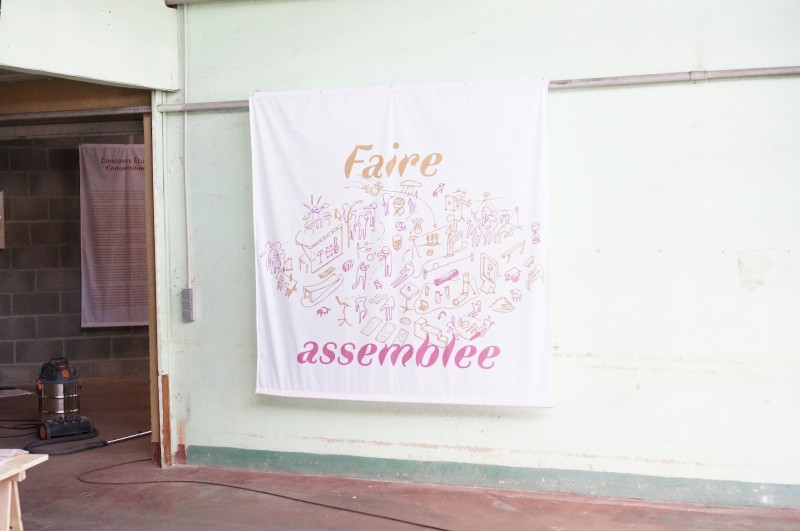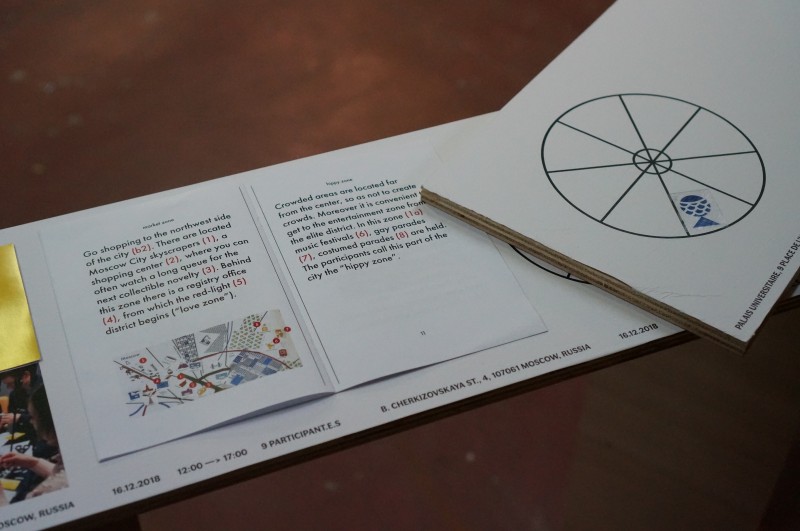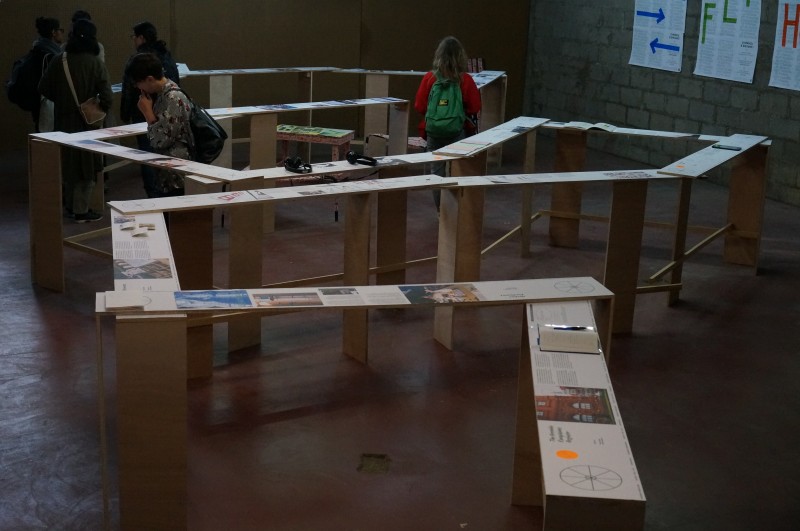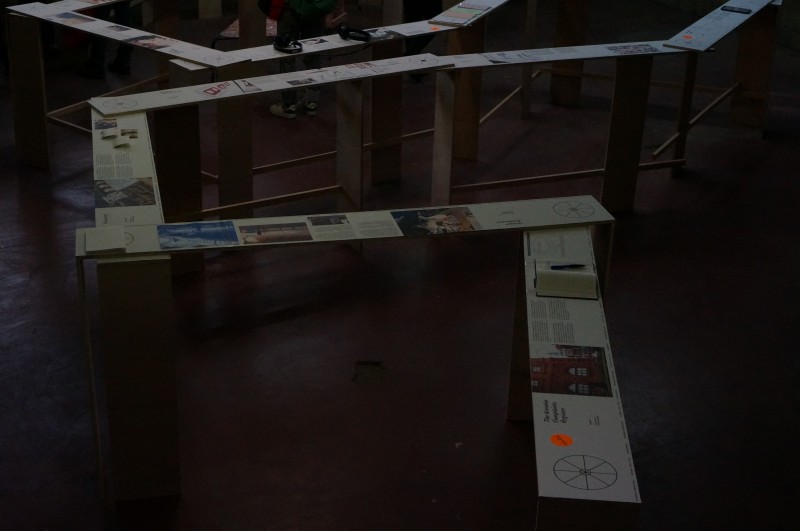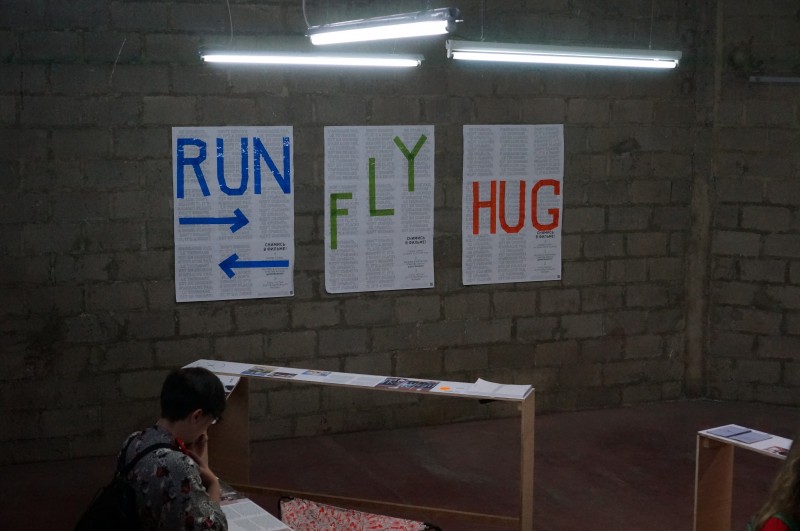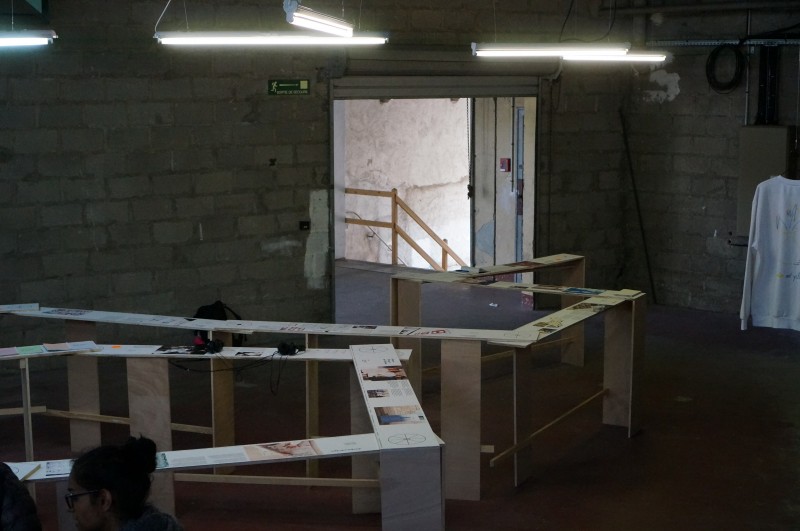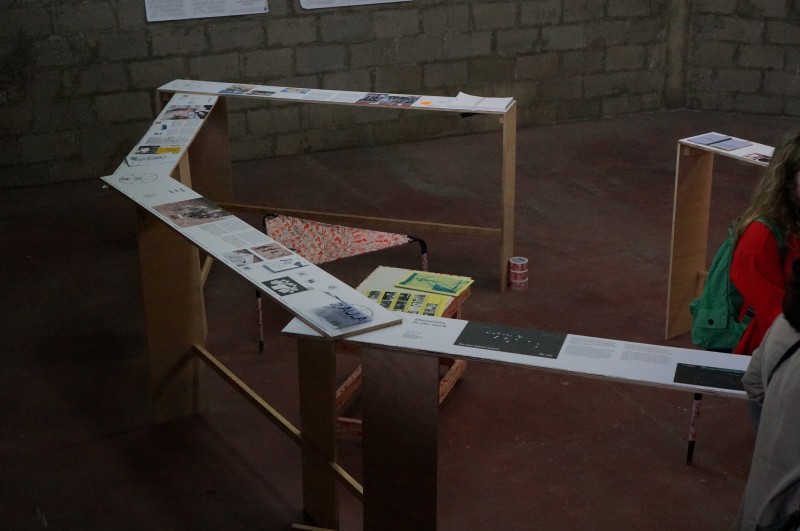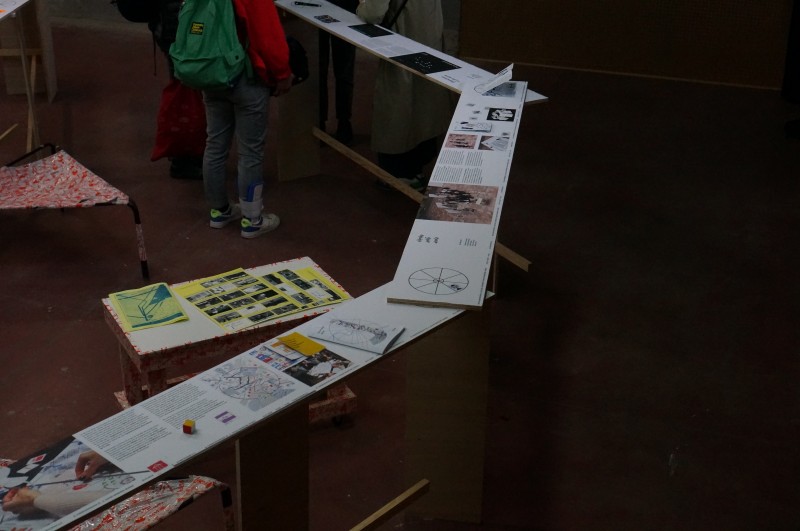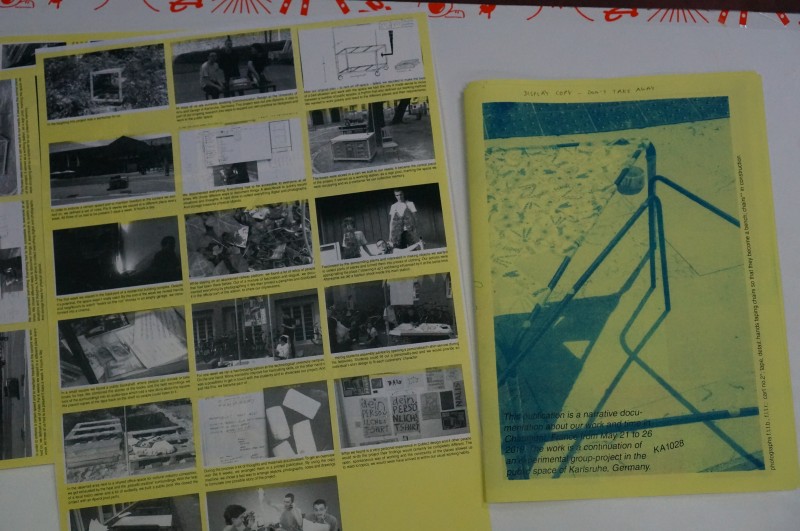Description du projet Faire Assemblée
Inhabitants, local authorities, researchers, entrepreneurs, activists and others invent ways of gathering around a place, a resource, an object, a practice, a social issue to organize their everyday life or face unexpected situations. During a concert, a barter, a company meeting, a neighborhood party, a meal, a demonstration, a game, a date, a city council, a queue, an occupation of a factory, a zone to be defended, a workshop, a round table, a guided tour, a cryptomoney, a reading circle, a participative budget, the participants get equipped with signs, documents, visual representations, practices and informal knowledge in order to report, compose and plan collectively. Documents, tools and images translate live the exchanges that can be qualified as diplomatic.
These devices that we propose to call “visual diplomats” contribute to creating a space for collective action and reflection by making present what brings together, by allowing through successive adjustments, the (re)formulation of the participants’ attachments or the composition of a field of understanding.
These representations, - taken in the course of action - generate new ways of doing-saying- thinking, qualities of attention or ways of being together that reach way beyond just sitting down around a table. Moving into these situations requires developments in the design practice. By being part of the action, you can imagine the implementation of social design, just like you have social games (parlour games), music and dances.
You need to move from the studio to the field, from the commission to the initiative, from a target audience to a public meeting, from technical reproduction to performances, from observation to participation, from the general to the specific. It is less a matter of designing a method, a system, a format, a model or a platform than reacting to the unforeseen, becoming a performer, adapting, exercising, sharpening one’s tools, implementing them.
The exhibition presents a selection of sixteen projects that are representative of those entered to the 24th competition Students All to Chaumont! , featuring a wide range of attitudes that make visible and problematize the manner graphic design contributes to getting together. The documentation of the imagined and field tested projects shows all the unexpected events and difficulties in the course of action of activating all the possible dimensions of a proposal. This discomfort that redirects the attention constrains to limit the efforts made, rethink the scale of the project or what brings together or “assembles”.
















